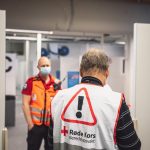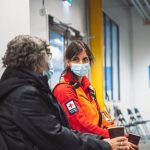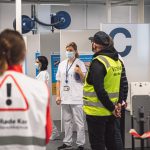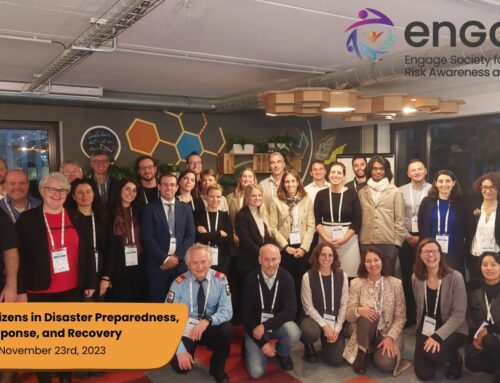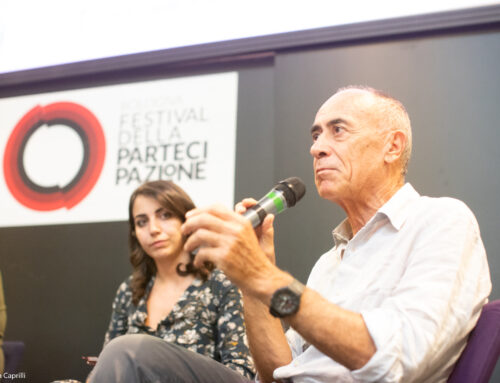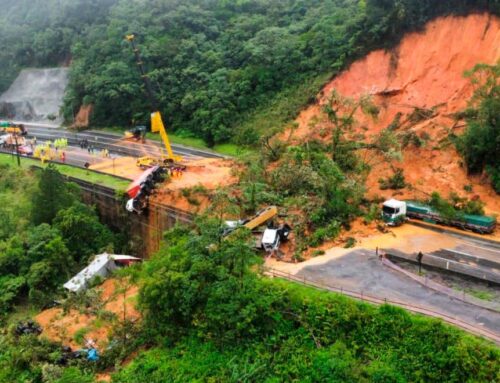The COVID-19 pandemic has given us all new and unexpected tasks and challenges. For an organisation like the Trondheim Red Cross, it has meant the greatest effort since WW2. During the pandemic, we have contributed equipment to Trondheim municipality, personnel for COVID-19 testing both in the neighboring municipality and at the airport, psychosocial support and food distribution, supplementation service by ambulance, and extensive effort in the vaccination of the population of Trondheim.
When the health service in Norway went into corona preparedness, the workload increased. St. Olav’s Hospital contacted us, who were happy to assist with our ambulance and crew in the evenings. With our help, the ambulance service’s own crew was freed up, and the more than 40 operational ambulances in the Trondheim area could be focusing on more acute assignments. In the period March 2020 to August 2021, the Trondheim Red Cross had 450 transport assignments for the ambulance service, these assignments were carried out by fewer than 20 volunteers.
At the same time as the vaccine doses arrived in our country, there was also a need for volunteers from various organisations to assist the public health service. Since March 2021 and up to mid-October, the Trondheim Red Cross has assisted with 4 –8 volunteers during the day every weekday and some Saturdays, at the vaccine station. Here, one has been responsible for staffing follow-up posts after the vaccine dose has been set, where the volunteers accompany the patient and also perform first aid if needed. This effort has triggered more than 6,500 volunteer hours, spread across about 60 volunteers. Here, our volunteers related to the Search and Rescue team and Preparedness Guard have been very important to the municipality and have been a supplement to the public servants in the health service. This has happened all over Norway, not only in Trondheim: Interaction between the public and volunteers involves many different organisations and provides added value, good training, is a strength for the organization, volunteers get a new network, etc. At the same time, there is a strain on the crews, this has been going on for a very long time, and not least: It is during the daytime when most of our volunteers are normally at work or in education.
Pictures: Aleksander Båtnes, Red Cross
We have achieved this because we have a clarified relationship with the municipality through a cooperation agreement on emergency preparedness, where roles and responsibilities are defined. In addition, good internal cooperation between the various departments of the Trondheim Red Cross, youth, care and search and rescue, who have worked together with common goals. For the Preparedness Guards, where this was the first major task they assisted, this has been a time when they have received training and knowledge they almost immediately had to put into the activity. The use of communication that has provided a rapid response, and training has proven to be important. The knowledge and experience provided after the assistance with vaccination are in focus, and an evaluation is already planned. So is the building of a system for caring for and training of volunteers between crises – how to keep them updated, competent and safe until the next crisis occur so that they have the desire and security to contribute.
Many of the residents of Trondheim city have expressed that they are moved by the interaction between the public and the voluntary units and that they feel very safe and well looked after. This has been an exercise in good logistics and interaction for the public’s best interests at a very demanding time!
Authors: Marita Hoel Fossen (Trondheim Red Cross), Svein-Eric Bolland (Trondheim Red Cross)


